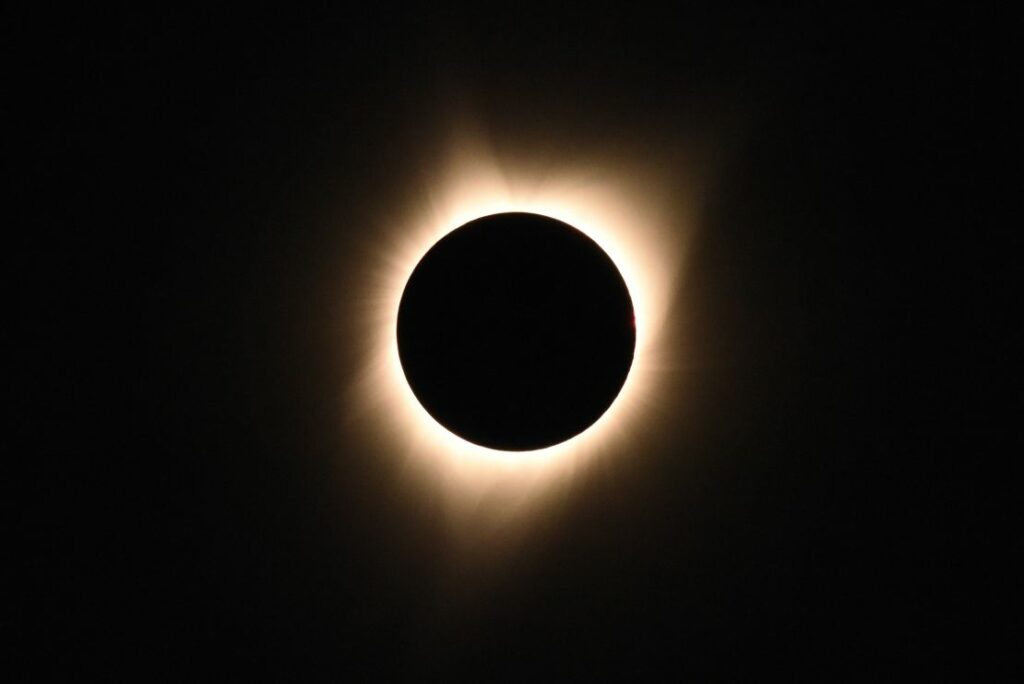
On Monday, April 8, North America will experience a total solar eclipse, the first such eclipse event since 2017. Lancaster County is not in the zone where the total eclipse will take place, but it will be very close—the sun will be about 91% blocked by the moon at 3:22 p.m. It’s a historic event—the next eclipse will not happen until August of 2044.
April 8 will be a regular school day so we can enjoy the beginning of this natural phenomenon together. The eclipse is scheduled to begin at 2:06 p.m., and conclude at 4:34 p.m. It is important that any onlookers take proper safety precautions before gazing into the sun during an eclipse, especially when the eclipse is not total. Even temporarily looking at the sun without protective eyewear can cause damage to the eyes.
All SDoL students in grades PreK-8 will receive solar eclipse glasses that meet international safety standards for looking directly at the sun. The high school is receiving glasses as well. Only eclipse glasses should be used to look at the sun (consumer sunglasses are not a substitute), and eclipse glasses should only be worn when viewing the eclipse, as they limit visibility. Before dismissal, we will talk to our youngest students about how to properly wear their glasses and view the eclipse.
We are encouraging our instructional staff to engage in discussions about the solar eclipse with students, and several teachers are planning special events, programs, and guest speakers to enhance student understanding and appreciation for this historic event.
To assist with educational activities surrounding the eclipse, the state has provided several instructional resources.
- NSO (National Solar Observatory):Opens In A New Window This project supported by the National Science Foundation (NSF) offers a comprehensive resource on the total solar eclipse.
- NASA: 2024 Total Solar Eclipse: Opens In A New Window NASA’s comprehensive eclipse resource that includes: Complete Overview, Safety, Preparation, Where and When, and FAQs.
- NASA Goddard Video—Different Ways to View a Solar Eclipse: Do you know there are different ways to view and eclipse? This video by NASA offers several safe ways and tips to view the total eclipse.
- NASA: How can the little moon hide the giant sun?:Opens In A New Window This simple hands-on activity offers an exploration of how distance can affect the way we perceive the size of an object.
- This WBGU series explores everything about eclipses. From taking a look at the total solar eclipse on April 8, 2024, to an in-depth and age-appropriate understanding of solar and lunar eclipses. The series addresses the role of Community Preparedness Committees through the eyes of the upcoming total solar eclipse and talk to a Bowling Green State University (BGSU) astronomy professor about their career path. A solar eclipse guideOpens In A New Window is also available.
- NSTA provides Free web seminars accessible from their NSTA Eclipse seminar webpageOpens In A New Window.
- National Geographic has produced a Solar Eclipse 101 video which provides descriptions of the different types of solar eclipses and tips for viewing.
